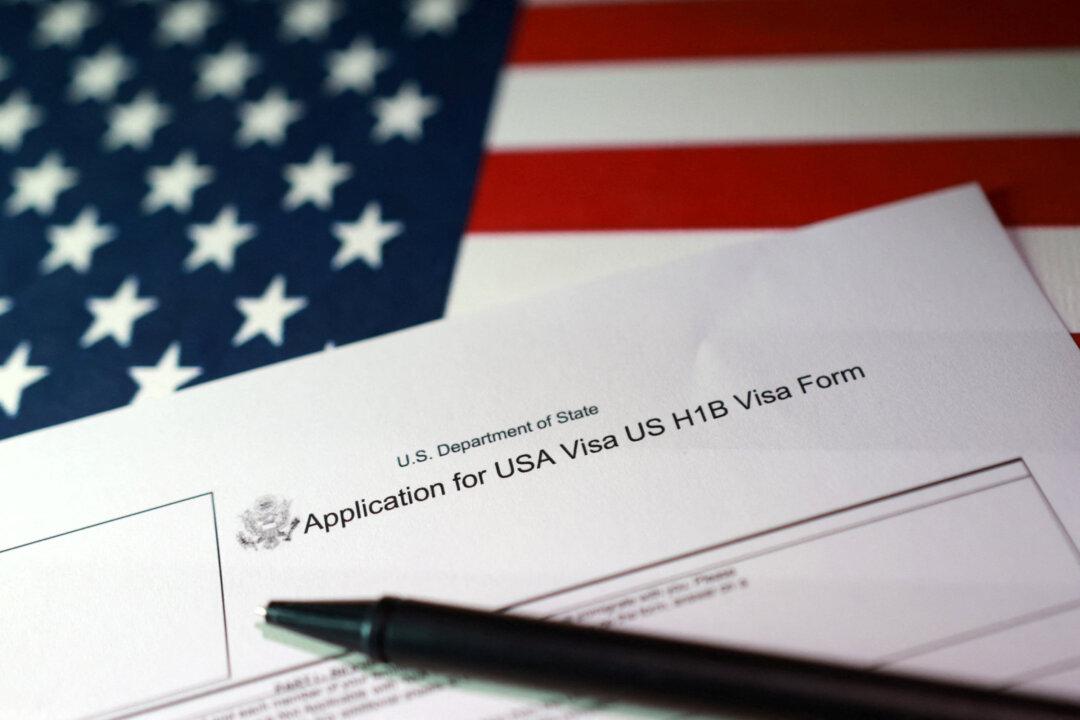LOS ANGELES—Thieves continue to target shipping containers loaded onto Union Pacific trains in the Los Angeles region, leaving open boxes strewn across the ground around the tracks.
“We are aware of the problem, and we’re working to resolve the issue, and we’re working with local law enforcement in that county,” Union Pacific spokeswoman Robynn Tysver told The Epoch Times.





